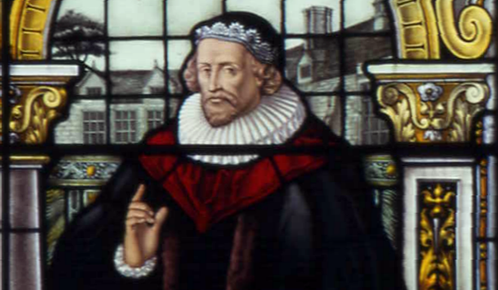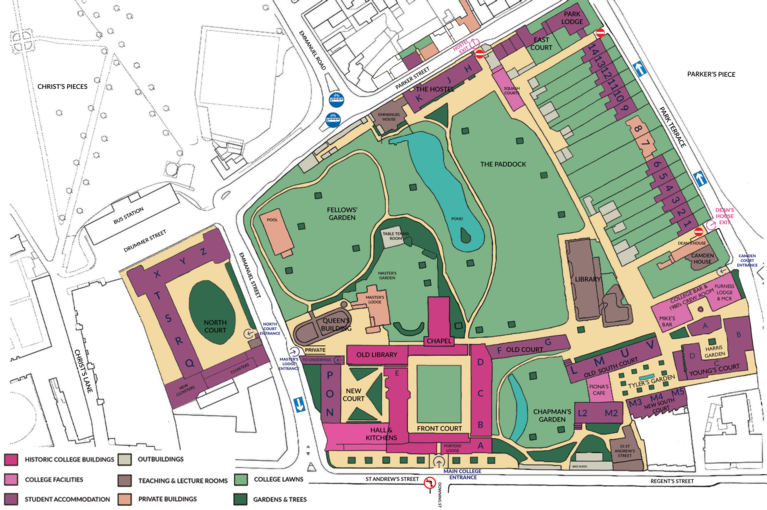Puritan Origins
Emmanuel's founder Sir Walter was not in any way a religious fanatic. Similarly to other colleges, however, the College was established to produce scholarly ministers for England's churches.

Sir Walter wanted Emmanuel to have a completely new religious character to the monastery of its Dominican predecessor. Therefore, the Chapel was built in a north–south layout to reflect its non–conformity. It was a deliberate statement that there was no need to point west-east. Religious dress was not worn, and communion was received sitting down (rather than kneeling). These practices attracted criticism at Hampton Court in 1603. The original Chapel (now the Old Library) was converted into the College Library in 1680. This was at the time of the construction of the current Chapel in Front Court. However, it still retained its medieval open-timber screen.
Five members of the College were involved in the new translation of the Authorised Version of the Bible. These included the College Master, Laurence Chaderton. and was a number second only to Trinity. Perhaps surprisingly given the nonconformists' reputation, the Fellows knew how to relax, too. They outraged Lancelot Andrews — future Master of Pembroke — for playing bowls in the Fellows’ Garden on Sundays!
In 1662, William Sancroft (the Elder) was elected Master. Through him, Emmanuel became associated with a group of humanist religious academics: the 'Cambridge Platonists'. They were mildly Puritan, but held a liberal & tolerant view of Christianity. This group influenced the outlook of the wider English church. Leading members of the Platonists included Benjamin Whichcote who was later Provost of King's College. Also involved was Ralph Cudworth, who became the fourteenth Master of Christ's, and Oliver Cromwell's Chaplain: Peter Sterry.
In the seventeenth century, around 30 Emmanuel graduates went into 'exile' in America to avoid persecution from more orthodox religious policy. Cambridge in Massachusetts was named in compliment to an Emmanuel preacher Thomas Shepherd. Another, John Harvard (BA 1632) emigrated in 1637. He then left half his estate to Harvard — named for him — which became the first American University.

